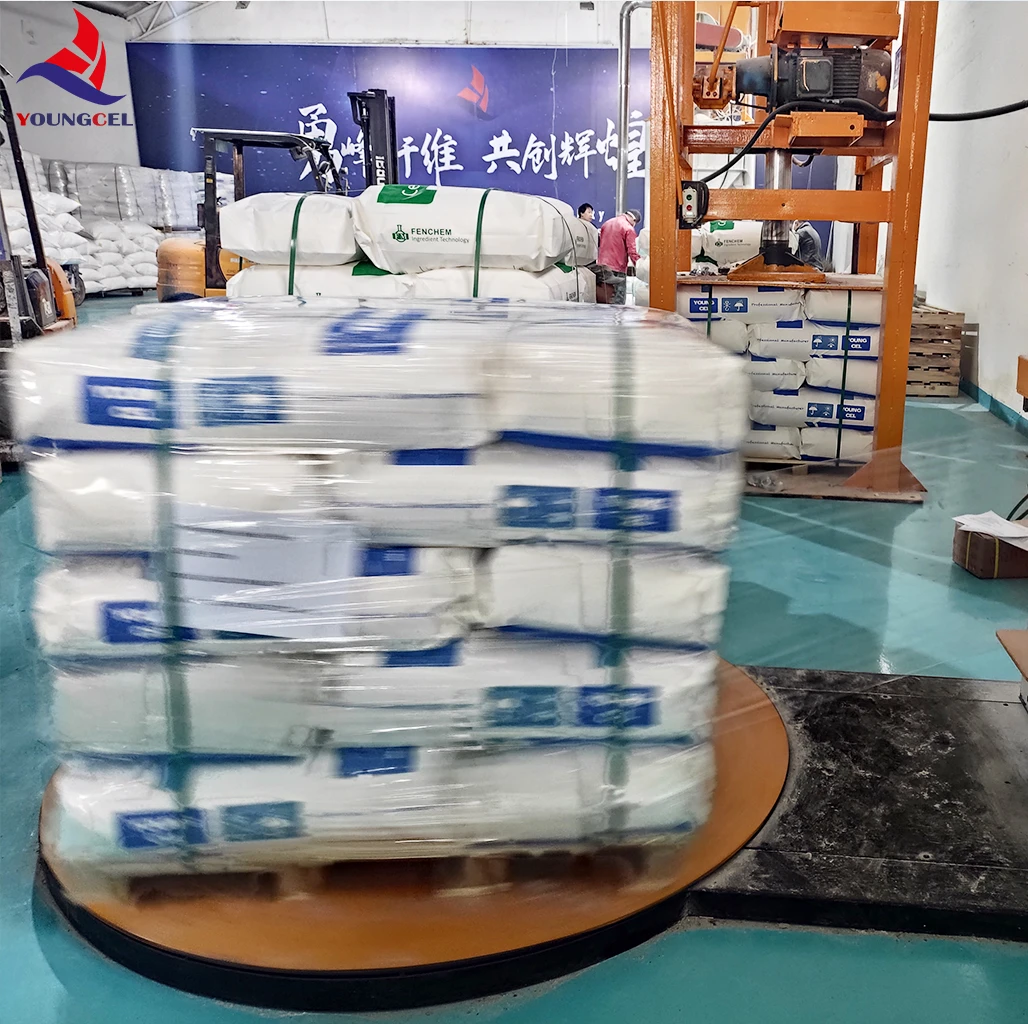Building Adhesives An Essential Component in Construction
In the rapidly evolving world of construction, building adhesives have emerged as a pivotal component, facilitating everything from structural integrity to aesthetic finishes. These versatile substances play a critical role in various applications, ranging from bonding materials to ensuring long-lasting durability. Understanding the types of building adhesives, their uses, and the latest advancements in the field can provide valuable insights for architects, builders, and DIY enthusiasts alike.
The Types of Building Adhesives
Building adhesives can be broadly classified into several categories based on their composition and application
. The most common types include1. Polyurethane Adhesives Known for their excellent flexibility and adhesion to various surfaces, polyurethane adhesives are widely used in construction. They are particularly effective in bonding wood, metal, and plastics, making them ideal for both structural and decorative applications.
2. Epoxy Adhesives These adhesives are renowned for their high strength and chemical resistance. Comprising a resin and hardener, epoxy adhesives cure to form a strong bond that can withstand heavy loads and harsh environmental conditions. They are often used in structural repairs and in applications where durability is paramount.
3. Acrylic Adhesives These adhesives offer quick curing times and good bonding properties on various surfaces. Acrylics are commonly used for flooring and glass applications due to their ability to withstand moisture and temperature changes.
4. Silicone Adhesives Known for their flexibility and waterproof properties, silicone adhesives are ideal for applications that require sealing and bonding in wet environments. They are often used in windows, skylights, and other areas exposed to moisture.
5. Hot Melt Adhesives These thermoplastic adhesives are applied in a molten state and bond quickly upon cooling. Hot melt adhesives are frequently used in the assembly of building materials, packaging, and other applications where rapid adhesion is essential.
Applications in Construction
Building adhesives are integral to various aspects of construction. They facilitate the assembly of different materials, providing a seamless finish while enhancing durability. Common applications include
building adhesive

- Flooring Installation Adhesives are crucial for installing tiles, carpets, and hardwood floors. They ensure that the flooring materials remain securely in place, reducing noise and providing thermal insulation.
- Wall Paneling Whether it’s drywall or decorative panels, adhesives enable quick and solid installation, eliminating the need for nails or screws in many cases.
- Insulation Adhesives are used to attach insulation materials to walls and roofs, ensuring energy efficiency and comfort in buildings.
- Glass and Glazing Advanced adhesives are employed in the installation of glass facades, windows, and doors, providing structural integrity while enhancing the aesthetic appeal of buildings.
- Roofing In roofing applications, adhesives are used for membrane installations and to attach shingles, contributing to waterproofing and energy efficiency.
Innovations and Environmental Considerations
The landscape of building adhesives is continually evolving, driven by innovation and a growing focus on sustainability. Manufacturers are now exploring bio-based and environmentally friendly adhesives that offer reduced toxicity and improved performance. These new formulations not only help in minimizing the carbon footprint of construction projects but also enhance indoor air quality.
Moreover, advancements in adhesive technologies have led to products that cure faster and perform better in extreme weather conditions. This ensures that construction projects can be completed efficiently while maintaining the highest standards of quality and safety.
Conclusion
Building adhesives are a cornerstone of modern construction, providing essential support and functionality in various applications. As the industry continues to evolve, the demand for innovative, environmentally friendly adhesive solutions will only increase. By understanding the different types of adhesives and their applications, construction professionals can make informed decisions that enhance the durability and appeal of their projects. Embracing these advancements not only benefits the construction process but also contributes to a more sustainable future.
-
Rdp Powder: Key Considerations for Wholesalers in the Building Materials IndustryNewsJul.08,2025
-
Key Considerations for Wholesalers: Navigating the World of Hpmc - Based ProductsNewsJul.08,2025
-
Hpmc Detergent: Key Considerations for WholesalersNewsJul.08,2025
-
Key Considerations for Wholesalers: China Hpmc For Tile Adhesive, Coating Additives, Concrete Additives, and MoreNewsJul.08,2025
-
Crucial Considerations for Wholesalers: Navigating the World of Construction MaterialsNewsJul.08,2025
-
Key Considerations for Wholesalers Sourcing Additive For Cement, Additive For Concrete, Additive For Putty from Additive Manufacturer Shijiazhuang Gaocheng District Yongfeng Cellulose Co., Ltd.NewsJul.08,2025




